Teaching about the theory of plate tectonics to middle school students? Lecturing and notes can get boring and leave students unengaged. Get students interested in learning more about this topic and earth sciences with our plate tectonic-related activities, which include, fun ideas for note-taking, hands-on lessons, and digital resources.
1. Edible Plate Tectonics
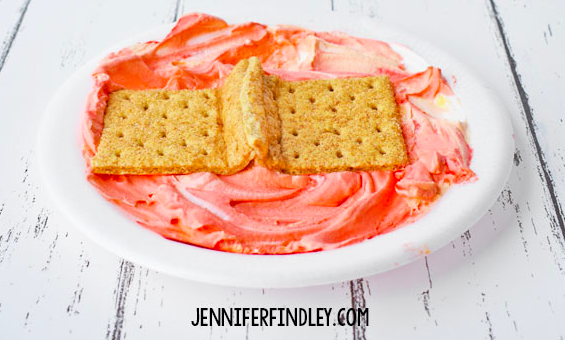
An engaging way to learn about plate motions, mountain building, and more with this fun (and edible) activity for students. Use graham crackers and icing or a cool whip, students will model how the plates move.
Learn More: Jennifer Findley
2. Plate Tectonics Webquest
In this Webquest, students are tasked with learning about the parts of the Earth. In the last section, they will also gain some historical development related to continental drift and plate tectonics.
Learn More: Scribd
3. Interactive Tectonic Plates Activities
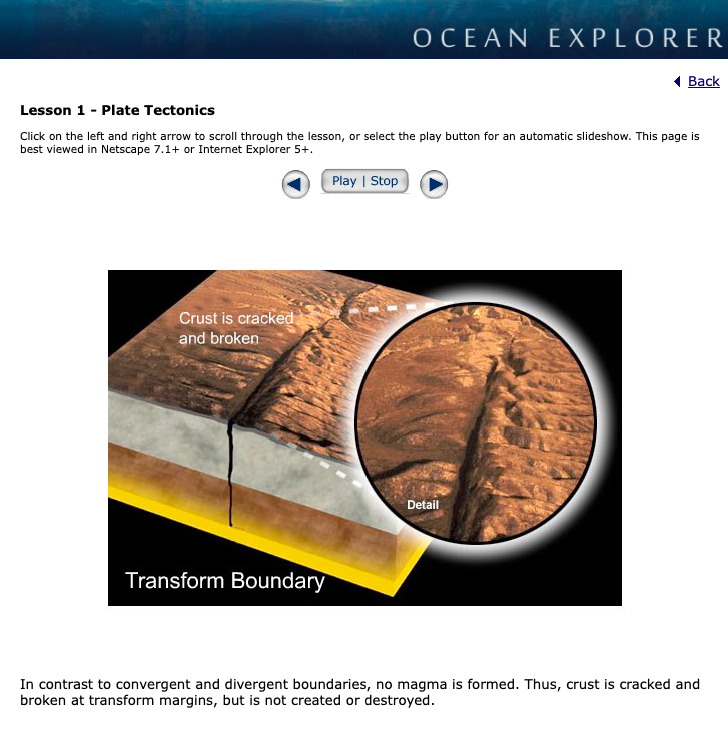
This digital exploration goes through three interactive activities. Have students choose one of the activities, or do all three! The activities are: drilling for core samples, plates of the Earth, and earthquakes and plates.
Learn More: Ocean Explorer
4. Earthquake App
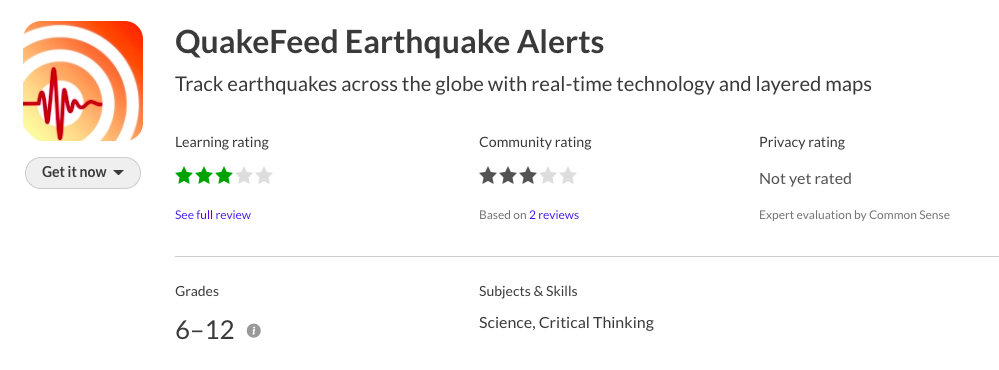
Students can look at real-world earthquake data. Have students investigate what is happening on the American plates or near somewhere they want to visit.
Learn More: Common Sense Education
5. What will Earth look like in 500 million years?

This module activity focuses on the question, “What will Earth look like in 500 million years?” It then uses a series of questions along with digital resources that will help guide students to the answer.
Learn More: Concord
6. Egg Activity
For this activity, a hard-boiled egg is used as a hook to demonstrate plates. The PBS site, then has students look at digital resources that show the “mountain maker”, “seafloor spreader”, and more.
Learn More: PBS
7. Use Google Earth

Using Google Earth, this activity looks at the plate tectonics map. Students can see on the earth, the actual plate boundary on. Using the side panel, they can explore all over the globe!
Learn More: Google
8. Earthquake Experiment
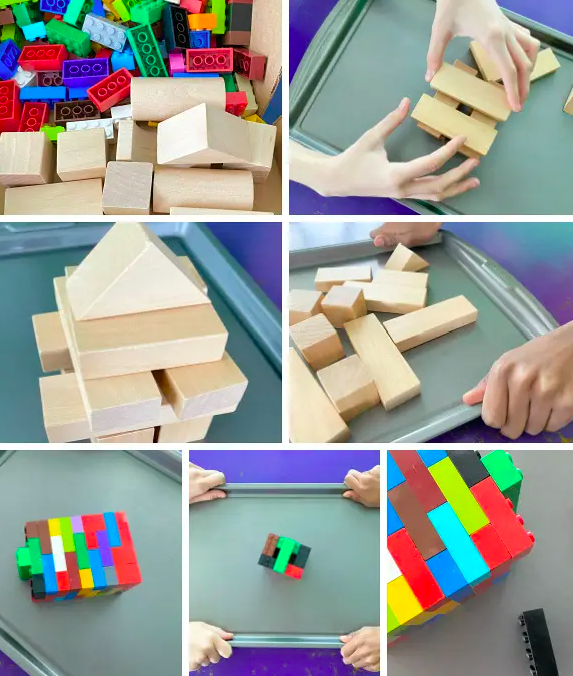
Create buildings for earthquake experiments. Have students build structures from different materials to see how they hold up to an “earthquake”. Discuss why some are better than others.
Learn More: The Chaos and The Clutter
9. Learn Mountain Formation
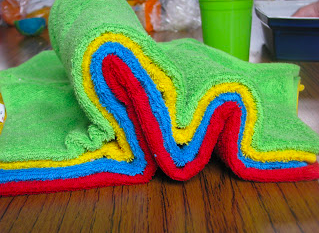
Show how plates move to form mountains. This activity gives 4 ways to model how the four types of mountains are formed.
Learn More: Little Blossoms
10. Volcano and Earthquake Exploration
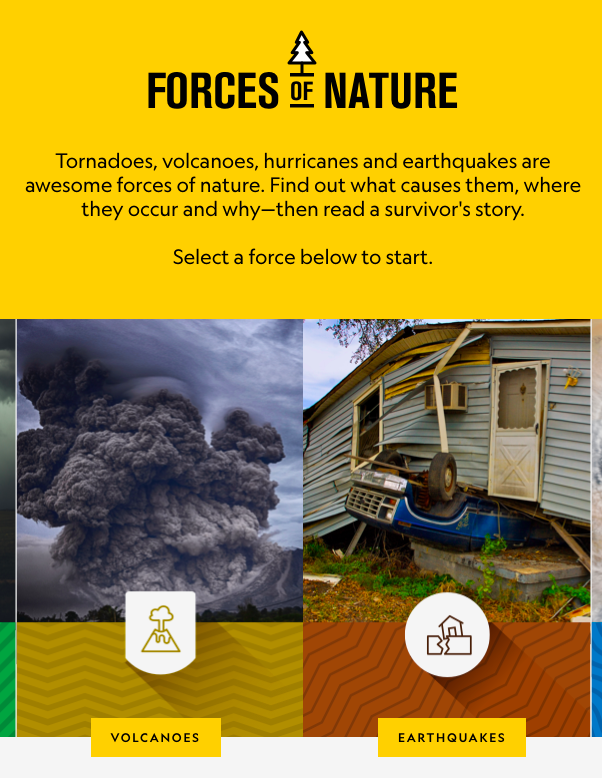
Explore how plate tectonics is related to both earthquakes and volcanoes. Why do these geological events occur? What role do plates play in them?
Learn More: National Geographic
11. Virtual Walk
Walk through the ruins of Pompeii to get students hooked on learning more about plate tectonics and their effects on humans and the environment. It will engage students in real-world events related to the earth’s processes.
Learn More: Prowalk Tours
12. Plate Movement
Using clay or dough, do this kinaesthetic activity to teach about the types of plate boundaries. Students can model them in different ways, as seen below in the image.
Learn More: Not Just For Elementary
13. Fault Models
Faults are important to understanding the plates. This 3D model is a nice way to visualize them for students.
Learn More: Science Matters
14. Shake Table
This earthquake epicenter activity uses sugar cubes, cardboard, wood, and a marker to show the catastrophic events that occur in different areas during quakes. It models how earthquake forces are different in certain zones based on the epicenter.
Learn More: Kids Fun Science
15. Convection Currents Experiment
Students will learn how convection currents work in this activity. It is a great segue into teaching about how this is related to plate movement. Guaranteed to engage your students!
Learn More: Kids Fun Science
16. Interactive Notebook
If you need notes for your plate tectonics unit, interactive notes are always a winner! Nitty Gritty has great ones for teaching the layers of the Earth and plate tectonics.
Learn More: Nitty Gritty Science
17. Natural Hazards
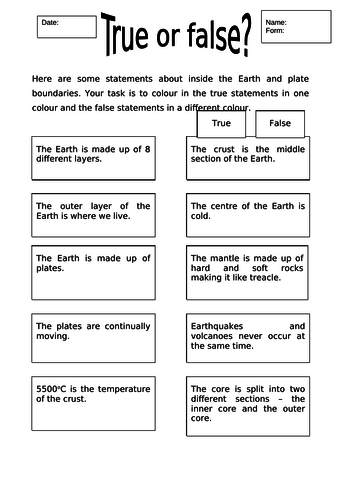
This Bundle comes with a few activities – true and false, a labeling activity, and a cut apart plates activity. It’s a great way to introduce plate tectonics!
Learn More: Tes
18. Slip, Slide, Collide
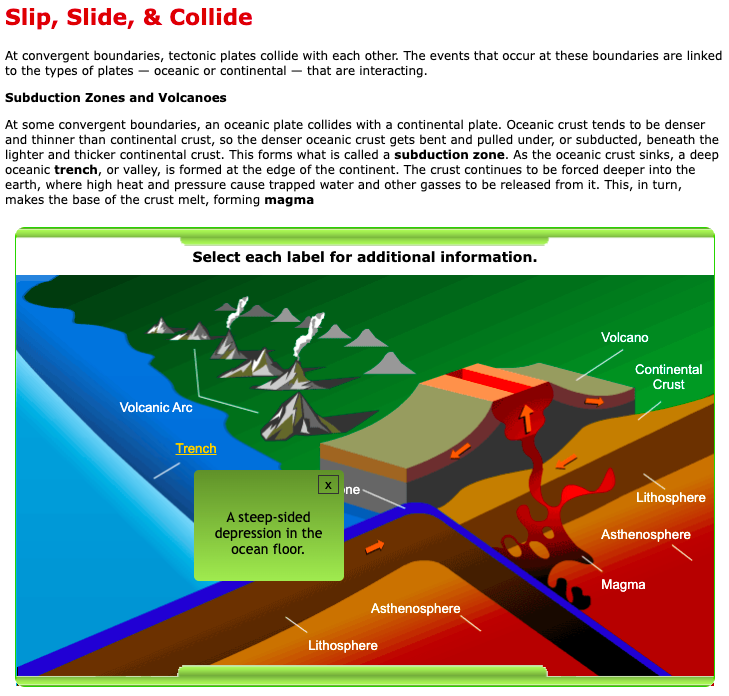
For an interactive plate tectonics vocabulary activity, use this resource. It contains appropriate vocabulary with simple definitions and shows the effects of plate tectonics.
Learn More: Learner
19. Building Pangaea
Learn some history and explore plate tectonics with Gizmos! The activity is online and interactive. It teaches about continental drift theory and tectonic plate movements!
Learn More: Gizmos
20. Explore Density
Use this experiment to learn about density and have students discuss how this relates to plate tectonics. You can do it with both objects or different liquids..or both!
Learn More: Sunrise Science
21. Plates and Boundaries Challenge
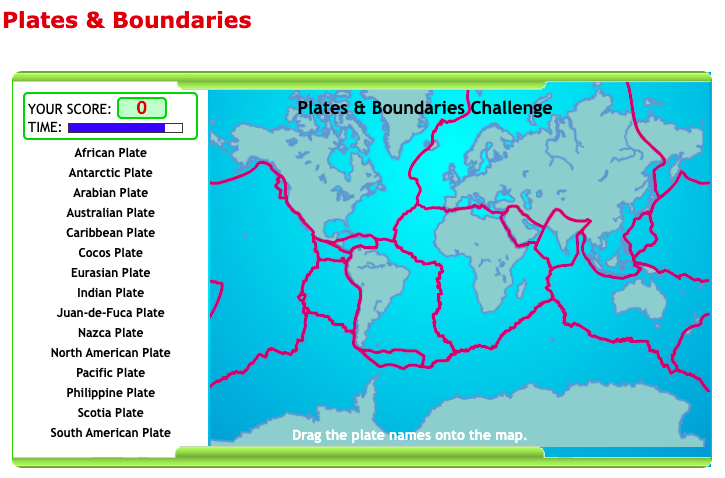
An interactive game that looks at current plates, students will be challenged to identify their current plates. Then they will look at different plates and have to determine what type of movement.
Learn More: Learner
22. Layers of the Earth
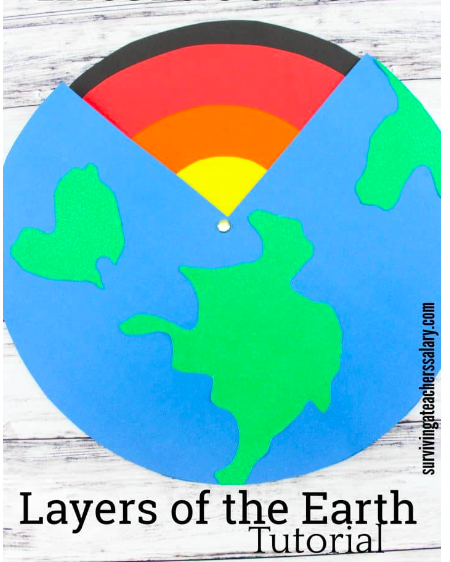
Before fully understanding the concept of plate tectonics, it is a good idea to introduce the layers of the earth. A cute idea in this paper model shows cutouts of the layers. You can add notes to each layer and a brass fastener so students can spin it.
Learn More: Surviving A Teachers Salary
23. Rock Cycle Activity
This youtube activity uses Starbursts to act as rocks. Once students have some starbursts cut into small pieces, have them follow the steps through the rock cycle pretending the pieces are rocks.
Learn More: Texas Sandbox
24. Divergent Plates Model
Use some cardboard to cut a thin slit where paper can slide through. Then pull through two pieces of paper, which represent the ocean’s crust at the mid-ocean ridge. It is a good visual for students to see an example of divergent plate movement.
Learn More: Pinterest
25. Orange Peel Plates
An edible activity on plate tectonics is using an orange peel. The chunks of orange peel represent the plates of the earth. You can then cover the orange with jam and place the peel over it to model. The jam represents the partially melted mantle.
Learn More: Science Sparks
26. Tectonic Movement Game
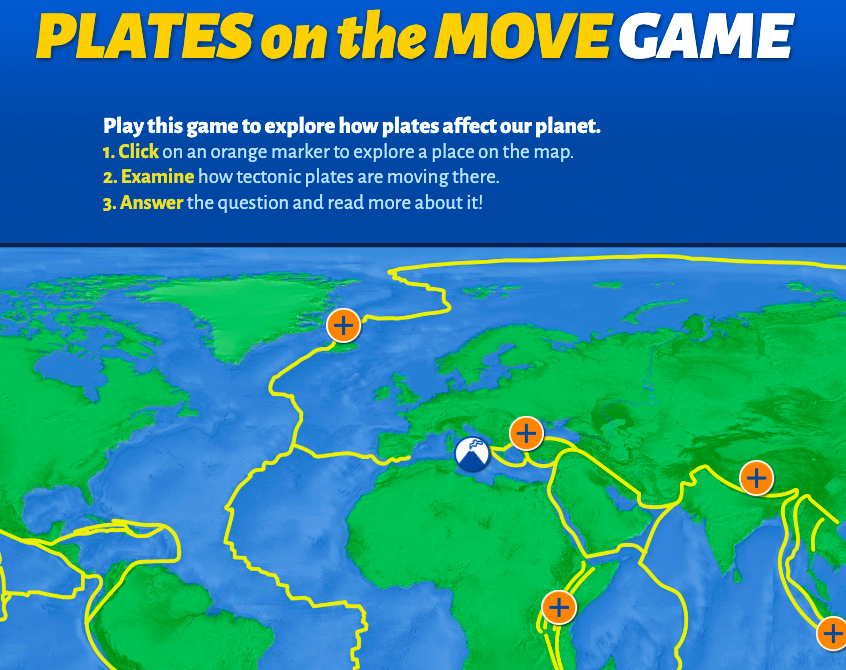
This plate tectonics activity looks at how different plates are moving. Students click on different plates across the globe and then determine which type of plate movement is occurring based on a given set of information.
Learn More: AMNH
27. Layers of the Earth
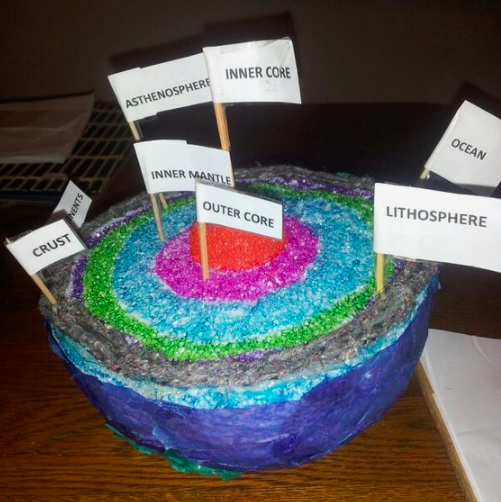
Students will create a model of the different layers of the Earth. It should include labels and include information, such as crustal features. Students can use whatever materials that are available.
Learn More: Pinterest
28. Volcano Research
Volcanic activity is related to plate movement. For this activity, students will do volcano research. Divide the class into student pairs and assign each of them a different volcano from around the world.
Learn More: Twinkl
29. Illustrate How Plates Move
Use this plate tectonics resource to have students mimic how plate movement affects continents. All you need is some paper, weighted objects, and scissors!
Learn More: Homeschool Den
30. Plate Tectonics Wheel Flip Book
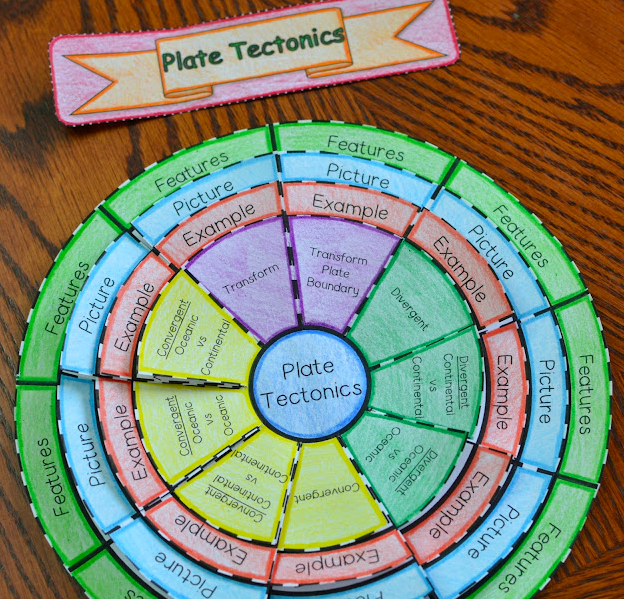
This foldable flip book is a fun activity teachers can do with students to help them gain knowledge of plate tectonics. It gives specific details on different topics related to the subject, such as convergent and continental plates.
Learn More: Common Core Material